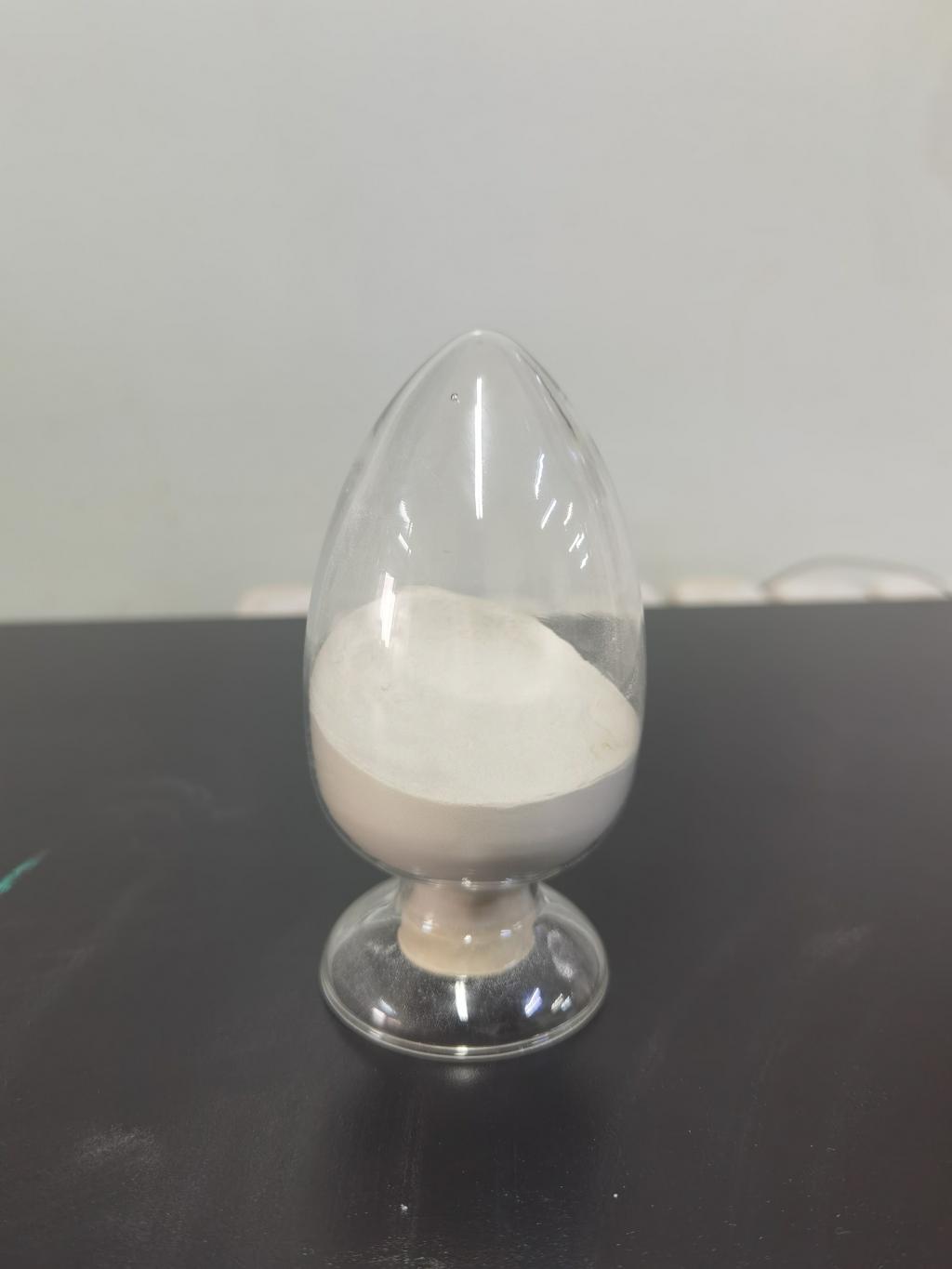Tel:0086 18231198596

News
Nisin's Potential in Combating Food Allergens and Contaminants
TIME:2024-01-23
I. Understanding Nisin:
Nisin is a naturally occurring antimicrobial peptide produced by certain strains of lactic acid bacteria, notably Lactococcus lactis. Its discovery dates back to the early 20th century, and over the years, researchers have unveiled its remarkable ability to combat a wide range of Gram-positive bacteria, including those responsible for foodborne illnesses and spoilage. The unique features of nisin make it an intriguing candidate for addressing the challenges posed by food allergens and contaminants.
II. Mechanism of Action:
Nisin's mechanism of action involves disrupting bacterial cell membranes, leading to the inhibition of bacterial growth. While its primary target is Gram-positive bacteria, the specificity of its action is noteworthy. This targeted approach minimizes the impact on beneficial bacteria and reduces the risk of developing resistance, making nisin a safe and effective tool for food safety.
III. Addressing Allergens in Food:
Food allergies have become a prevalent public health concern, affecting millions of individuals worldwide. Cross-contamination and the unintentional inclusion of allergens in food products pose serious risks to allergic consumers. Nisin's potential in addressing allergens lies in its role as an antimicrobial agent that can be employed in food processing to control the growth of allergen-contaminating bacteria.
IV. Nisin in Gluten-Free Products:
Gluten sensitivity and celiac disease are conditions that require strict adherence to a gluten-free diet. Ensuring the absence of gluten contamination in gluten-free products is crucial for individuals with these conditions. Nisin's antimicrobial properties make it an attractive option for preventing the growth of bacteria that could introduce gluten into gluten-free products during processing, thereby contributing to the production of safer foods for those with gluten sensitivities.
V. Contaminant Control in Seafood:
Seafood is susceptible to contamination by various pathogens, including bacteria and toxins. Nisin's potential in controlling contaminants in seafood products is of particular interest. By incorporating nisin into seafood processing, the industry can mitigate the risk of bacterial contamination and enhance the safety of products such as fish, shrimp, and shellfish.
VI. Combating Mycotoxins in Grains:
Mycotoxins, produced by molds, are a significant concern in grains and cereals. These toxins can contaminate food products and pose health risks to consumers. Nisin's antimicrobial properties extend to certain molds, making it a potential tool in controlling mycotoxin-producing fungi in grains. Research in this area holds promise for reducing mycotoxin contamination in staple foods and enhancing food safety.
VII. Regulatory Considerations and Safety:
As with any food safety innovation, the regulatory landscape surrounding the use of nisin in combating allergens and contaminants is a critical aspect. This section explores the current regulatory considerations, permissible concentrations, and safety assessments associated with incorporating nisin into various food products. A comprehensive understanding of regulatory frameworks is essential for the responsible and widespread use of nisin in the food industry.
VIII. Challenges and Future Directions:
While nisin shows promise in addressing food allergens and contaminants, challenges exist, including optimizing application methods, understanding potential interactions with other food components, and ensuring consumer acceptance. Ongoing research is crucial to overcoming these challenges and unlocking the full potential of nisin in promoting food safety.
IX. Conclusion:
In conclusion, nisin's potential in combating food allergens and contaminants opens new avenues for enhancing food safety across diverse products. Its natural origin, targeted mechanism of action, and versatility make it an attractive option for the food industry. As the global community strives to address the complexities of food safety, embracing innovations like nisin can play a pivotal role in ensuring that consumers can trust the safety and quality of the food they consume.

 CONTACT
CONTACT




